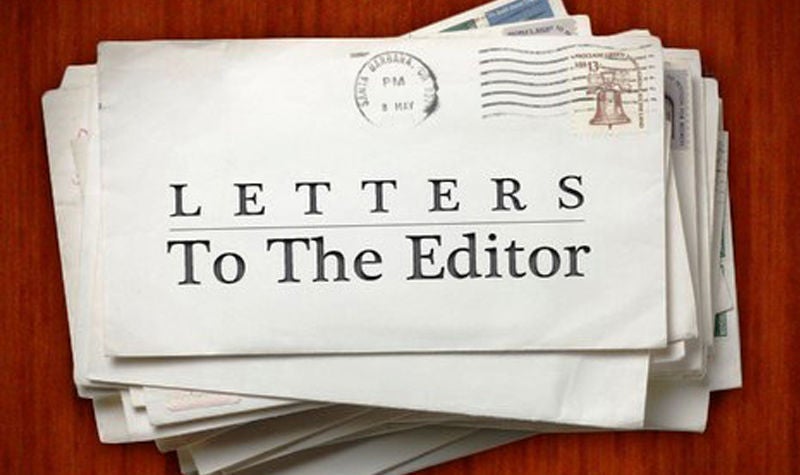Our life before the all-day news cycle
Published 7:21 am Saturday, June 23, 2018
By Michael Cole
If you are over about 35, then you can probably remember a better time.
I am not talking about a simpler time. After all, the 80s were just as scary as the rest of the Cold War. Chance of Nuclear War. A new disease that people had never heard about before or had any clue how it was transmitted. Business greed was going amok and on top of that some questionable fashion choices.
No, the 80s and before were better for one reason.
The 24-hour news channels were still in their infancy, and except for CNN, did not exist.
That made that period easier to navigate.
I think in many instances, the need for maintaining a profitable news network has created a divide in politics that may not have existed before.
Think about it. Before CNN, the primary stations, ABC, CBS, and NBC had an evening news program. They usually also had a late night and morning news program. Radio had news. Of course, the papers covered stories.
But, those outlets left for the time to verify the accuracy of the story before being presented to the public at large. There were more check and balances to ensure the story that you and I heard was as accurate as possible.
Then the dark ages came. The dark side of the 24-hour news cycle.
How do you run a profitable 24-hour news station profitably?
Easy, you make sure you have the breaking story.
By being the guy talking about a story before the others meant that people were watching you and not the other stations. Viewers viewed your commercials, and advertisers want to be on your network.
And as a result, the checks and balances, the accuracy, the confirmation of the news being sent out were not as secure as it used to be. Journalistic integrity gave way to revenue dollars.
Stations would share a “breaking story” even if they had flimsy facts to be the first one talking about them. The network could always update the breaking news story as more facts came out.
With more emerging cable news stations and the rise of internet stories, the pressure to be the first, to be the one that everyone turned to, some stations and personalities started being loose with the facts.
Once corporate executives discovered that not only would people flock to the news story that covered the latest breaking news, but with the one with the slant to the viewer’s political views, the stations hit gold.
Now the holes of missing facts in breaking stories were filled with politically slanted speculation of anchors and analysts.
So the idea of designer news, or as the masses call it “fake news” was born.
For as long as the news-viewing public continues to watch news that shows the world the way they want to see it. They cannot or will not accept the world as truth in any other format.
So who do we blame?
As humans, we are programmed to be curious. We as a people want to have all the facts immediately.
In our 21st century of “on demand” world, we have no patience for waiting.
In that void of facts, we will draw our inferences or conclusions. And in those instances, we do it in a way that fits our worldview.
So does that make it our fault that the news cycle is the way it is? Or have they taken advantage of how we are wired to sell cars and men’s health supplements.
When we see the investigation by Robert Mueller, after a year, even though he has gotten several indictments and a few guilty pleas, we still are impatient that he has not finished.
We are irritated if the news doesn’t tell us that the DoJ indicted Hillary. After all, didn’t our news people show us all the laws she broke?
The sad fact of the matter is that the news cycle to keep you watching the commercials, to clicking the links has tailored the news not to inform but to make you angry or scared enough to stay tuned after a brief word from their sponsor.





